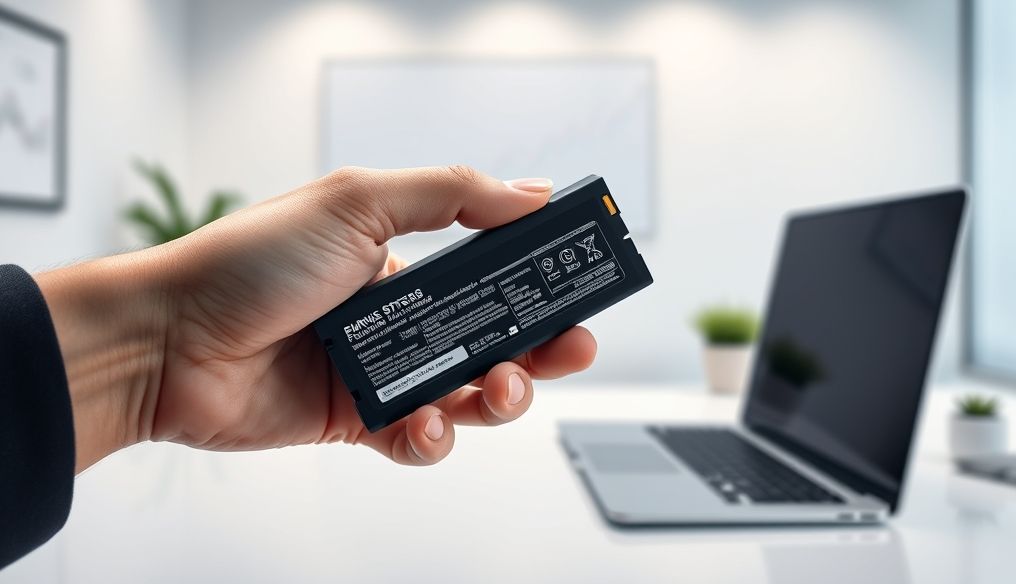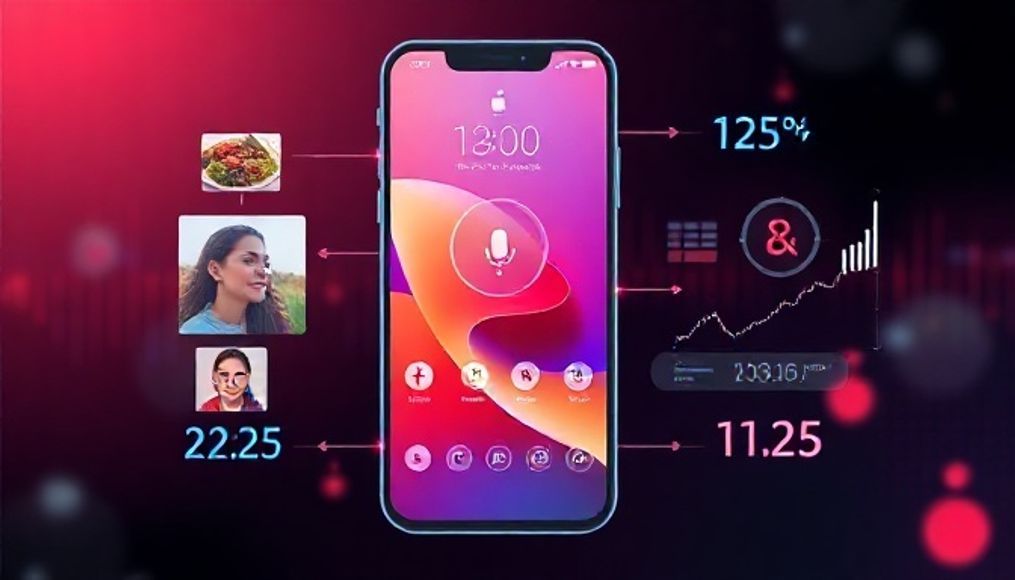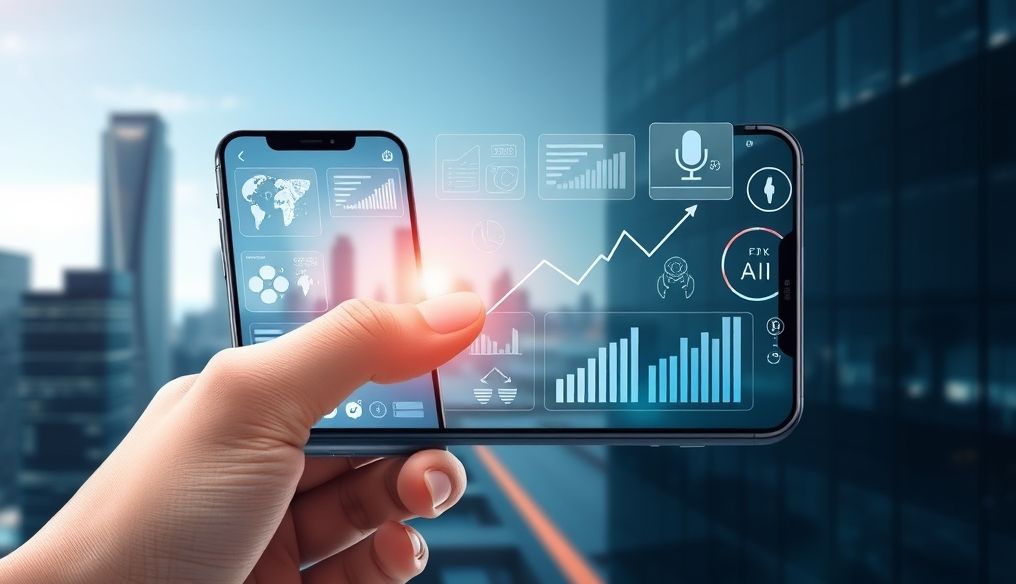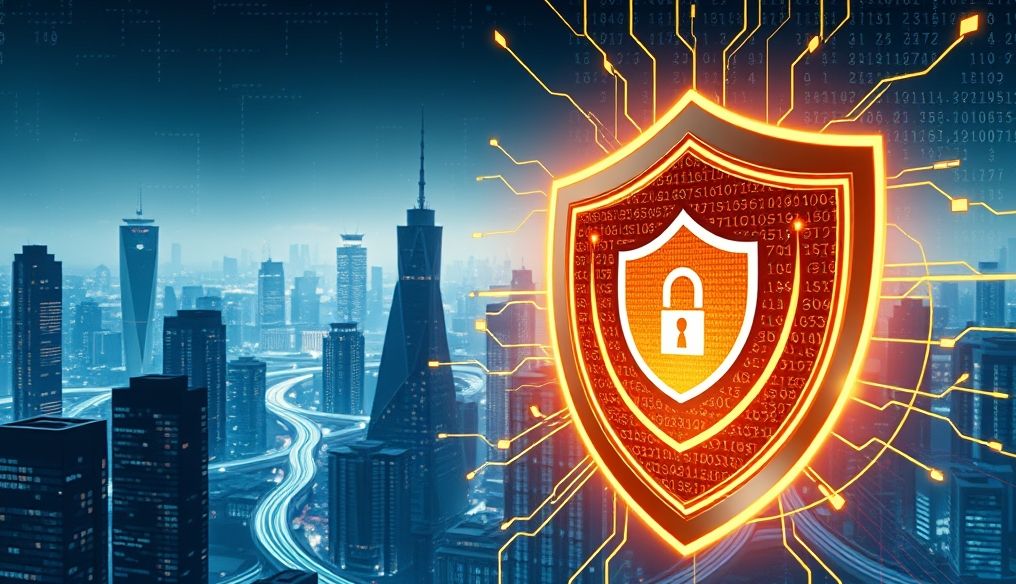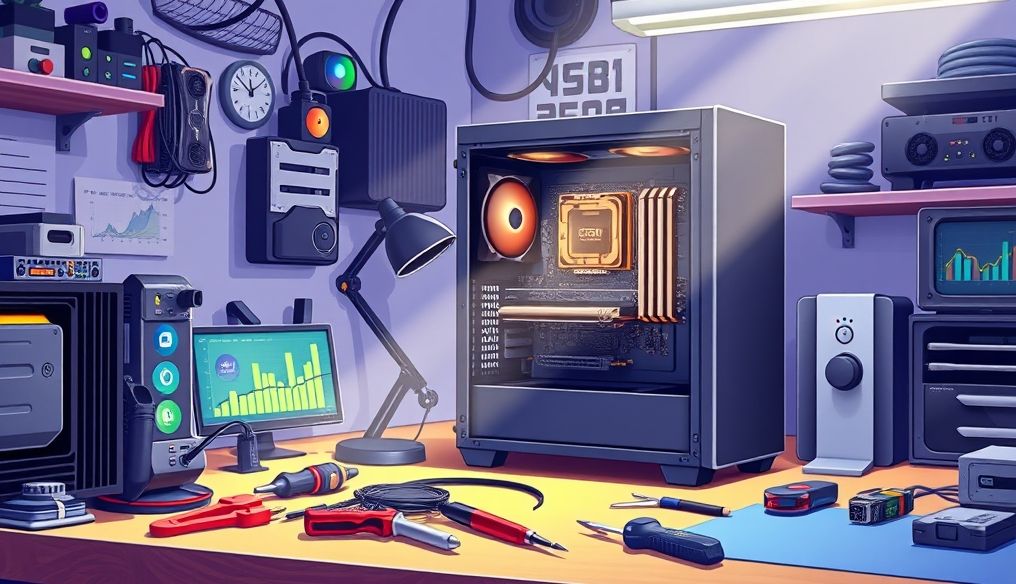What are the best ways to increase the lifespan of your laptop battery and maintain it for as long as possible?
Laptops have become an integral part of our daily lives, whether for work, study, or entertainment. However, the laptop battery is often a weak point, running out quickly and forcing us to stay close to a power outlet. Fortunately, there are many ways we can increase the lifespan of a laptop battery and maintain it for as long as possible.
1. Understanding Laptop Battery Basics
Before you start applying the tips, it's important to understand the types of batteries used in laptops and how they work. Most modern laptops use lithium-ion (Li-ion) or lithium-polymer (Li-Po) batteries. These batteries are characterized by high energy density and are relatively lightweight, but they degrade over time and with repeated use.
- Lithium-ion (Li-ion) batteries: Commonly used, they provide good performance and a reasonable lifespan.
- Lithium-polymer (Li-Po) batteries: Lighter and more flexible than lithium-ion batteries, they are often used in thin and light devices.
Battery health is affected by several factors, including charge and discharge cycles, temperature, and charge level.
2. Managing Power Settings
One of the easiest and most effective ways to increase laptop battery life is to manage power settings. Your operating system (Windows or macOS) can help you optimize power consumption.
2.1. Using Power Saving Mode
Windows and macOS include a power saving mode that reduces power consumption by reducing screen brightness, turning off unnecessary features, and reducing processor performance.
To enable power saving mode in Windows:
- Go to "Settings".
- Choose "System".
- Click on "Power & battery".
- Select "Battery saver".
To enable power saving mode in macOS:
- Go to "System Preferences".
- Choose "Battery".
- Select "Energy Saver".
2.2. Adjusting Screen Brightness
The screen is one of the biggest power consumers in a laptop. Reducing screen brightness can significantly reduce power consumption.
Tip: Use the shortcut keys on your keyboard to adjust screen brightness quickly and easily.
2.3. Turning Off Unnecessary Applications and Processes
Applications running in the background consume power even when not in use. Close applications you don't need, and check Task Manager (Windows) or Activity Monitor (macOS) to see which applications are consuming the most resources.
3. Optimizing Charging Habits
The way you charge your laptop battery greatly affects its lifespan. Here are some tips to follow to optimize charging habits:
3.1. Avoid Full Charging and Full Discharging
Avoid leaving the battery fully charged (100%) or completely empty (0%) for extended periods. It is best to keep the charge level between 20% and 80% to maintain battery health.
3.2. Partial Charging is Better than Full Charging
Partial charging (e.g., charging the battery from 40% to 80%) is less stressful on the battery than full charging (from 0% to 100%).
3.3. Using the Original Charger
Always use the original charger that came with your laptop. Non-original chargers may not provide the correct voltage and current, which can damage the battery.
4. Managing Heat
Heat is a deadly enemy of lithium-ion batteries. High temperatures can cause the battery to degrade faster. Here are some tips for managing heat:
4.1. Avoid Using the Laptop in Hot Places
Avoid using the laptop in hot places or in direct sunlight. If you have to use it in a hot place, try placing it in the shade or using a fan to cool it down.
4.2. Using a Cooling Pad
A cooling pad can help lower the temperature of the laptop, especially if you use it for long periods or to run resource-intensive applications.
4.3. Cleaning Ventilation Slots
Make sure the ventilation slots in the laptop are clean and free of dust. Dust can impede airflow and lead to overheating.
5. Updating Software and Drivers
Software and driver updates often include power management improvements. Make sure to update your operating system and device drivers regularly.
6. Disabling Unnecessary Features
There are many features that consume power even when not in use. Disabling these features can help increase battery life.
6.1. Turning Off Wi-Fi and Bluetooth
If you are not using Wi-Fi or Bluetooth, turn them off. These features can consume power even when not connected to a network or device.
6.2. Turning Off Notifications
Notifications can consume power, especially if they include audio or visual alerts. Turn off unnecessary notifications.
6.3. Turning Off the Illuminated Keyboard
If your laptop has an illuminated keyboard, turn it off if you don't need it. The keyboard backlight can consume a significant amount of power.
7. Battery Maintenance
Lithium-ion batteries require some maintenance to maintain their health. Here are some tips:
7.1. Fully Discharge and Charge the Battery Once a Month
Fully discharging and charging the battery once a month helps calibrate the battery and improve its accuracy.
7.2. Storing the Battery Properly
If you are not going to use the laptop for a long time, store the battery in a cool, dry place with a charge level of about 50%. Avoid storing the battery in a hot or humid place.
8. Replacing the Battery
Eventually, the laptop battery will degrade no matter how well you care for it. When the battery life starts to decline significantly, it may be time to replace it. You can buy a new battery from the manufacturer or from an authorized retailer. Make sure to buy a battery that is compatible with your laptop model.
9. Using Battery Management Software
There are many programs available that help manage the battery and improve its performance. These programs can provide detailed information about battery status and power consumption, and help you make informed decisions about how to use your laptop.
10. Additional Tips
- Reduce the number of open tabs in the browser: Each open tab in the browser consumes system resources and increases power consumption.
- Use an SSD drive: Solid-state drives (SSDs) consume less power than traditional hard drives (HDDs).
- Avoid playing high-resolution videos: High-resolution videos require a lot of resources and consume a lot of power.
- Reduce the use of peripherals: Peripherals such as the mouse and external keyboard consume power.
By following these tips, you can increase the lifespan of your laptop battery and maintain it for as long as possible, allowing you to stay productive and entertained on the go.
